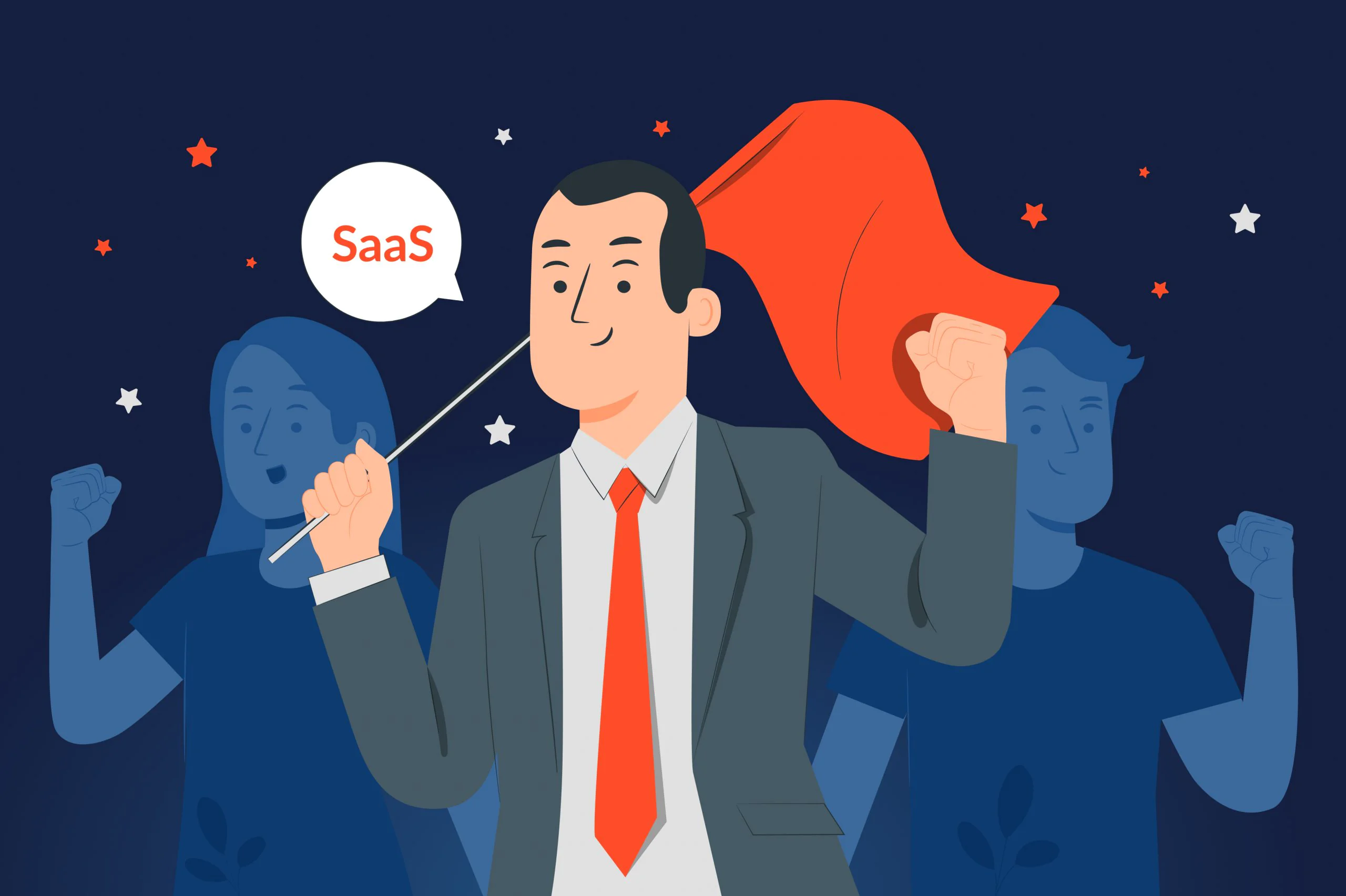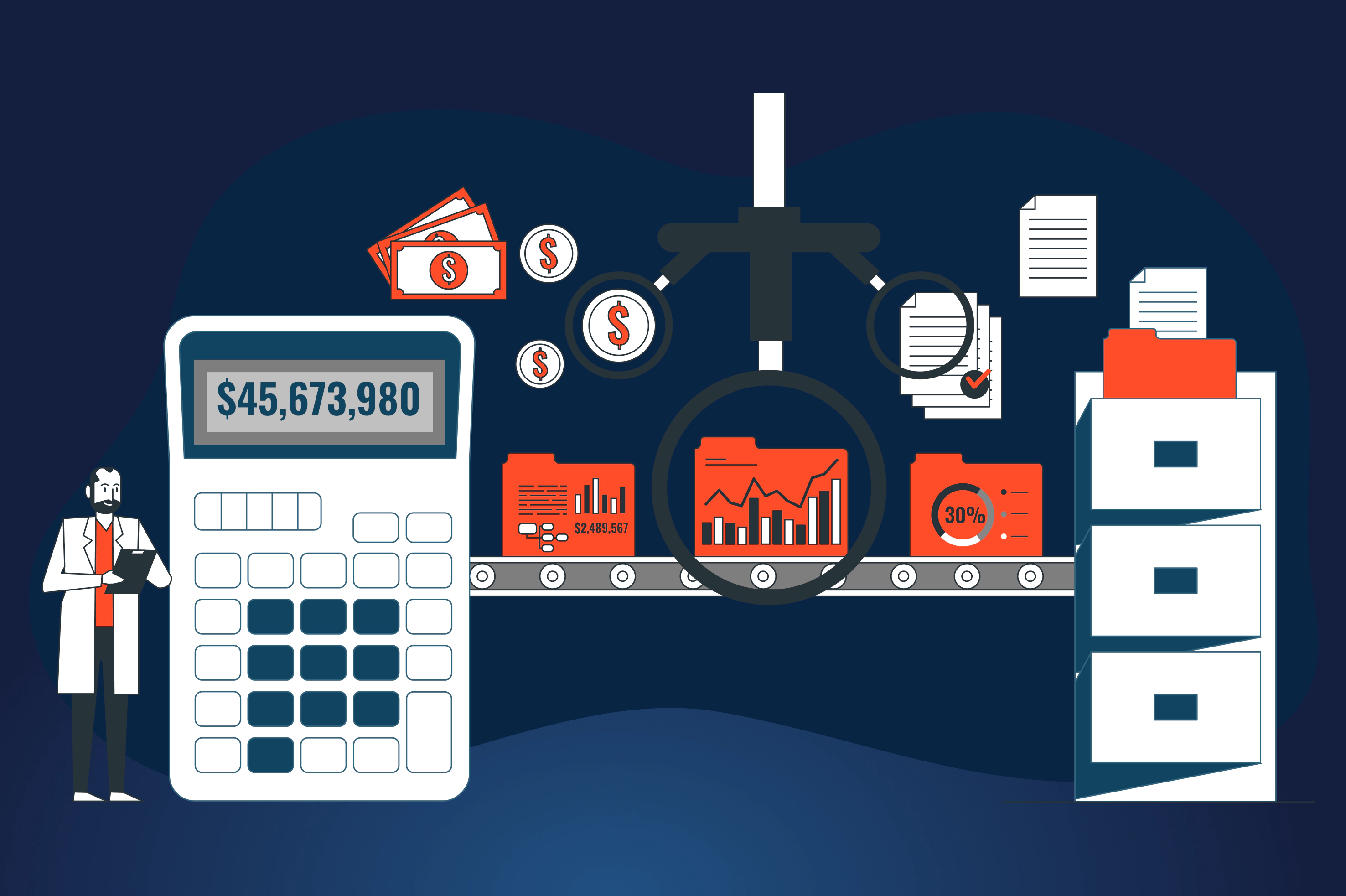The ancient proverb says: “There are two fools at the market: one is the seller, and the other is the buyer”. But when you’re running a software-as-a-service (SaaS) company, you can’t afford to be ignorant enough to let your greed navigate the pricing decisions. Your customers are no fools. Moreover, they are extremely allergic to products with unreasonably high price tags.
Actually, 30% of SaaS pricing decisions don’t bring any positive impact on the product’s growth. That’s why knowing how to develop a SaaS pricing model that will boost the growth of your business is of the utmost importance.
You’re lucky you have the JatApp team in this case. Our company has been developing SaaS solutions since 2015, with a goal to help ambitious entrepreneurs succeed and push the boundaries of the tech industry to the next level.
In this article, we’re going to talk about how to create a SaaS pricing model. But we have one condition: usage-based pricing will be in a sharp focus. It’s not our weird kink, it’s a necessity the industry’s current landscape demands. We have enough facts to convince you, so just hop on and let’s pin SaaS pricing down!
Why SaaS pricing model matters
The first and foremost reason why the SaaS pricing model is so important to your business is picky customers. Consumers are sensitive to prices when it comes to a choice of a SaaS product. Paying for a SaaS product means that your customers commit themselves to recurring expenses, which is why your clients should be absolutely sure they pay as much as your solution can provide value to them. If your product doesn’t create enough value for the price you ask, users will leave faster than a new TikTok trend emerges.
On top of that, nourishing your SaaS product pricing model brings you several advantages:
- You become a stronger competitor and your mom will be proud of you. Believe it or not, but many unfortunate SaaS entrepreneurs haven’t read this article and don’t make an effort to excel in the development of an effective pricing model. This means you have an upper hand in competition as your SaaS pricing model is precisely adjusted to the value your product offers, which customers won’t leave unnoticed.
- Your company has better growth prospects. SaaS businesses usually set themselves at the trajectory of customer acquisition at early stages of growth. Still, acquiring customers doesn’t mean that the company will grow, as you need to have capital for developing new features relevant to your target audience. With a proper pricing model, your SaaS company will be able to monetize enough capital to invest in a continuous loved-by-every-entrepreneur product-led growth.
- You are able to do more with less money. An adequate pricing model will simply reduce your customer acquisition costs (CAC) because users will choose your solution without much marketing efforts from your side. And since the right pricing model enables you to invest more capital in product-led growth, your customer lifetime value (LTV) will increase as well, because your product will keep delivering value according to the growing needs of your clients. You won’t have to spend extra money on marketing your product and developing new scopes of features.
There are two types of pricing models: usage-based and the rest
Usage-based pricing is ballooning amongst SaaS companies, which is why we would like to share with you several insights about why this is happening and what you should do about it. Notwithstanding this fact, the other pricing models are here to stay and supplement the usage-based pricing. Let’s dig into details.
Usage-based
A usage-based pricing (UBP) model includes charging customers for how much they use your product. In 2022, 61% of SaaS companies employed a usage-based pricing model, and this number is likely to increase in the years to come.
There are several sound reasons why SaaS companies nod towards the UBP model. First of all, a per-user pricing model is becoming outdated as a standalone approach to charge SaaS customers. SaaS providers do their best to automate as many processes as possible for their clients. With a massive adoption of artificial intelligence (AI), especially as smart as ChatGPT, charging customers per seat doesn’t reflect on the value they get from a particular SaaS solution.
Second, the UBP model simply means a better growth prospect in comparison to other pricing models. According to Open Cloud 2021 report, the UBP model creates favorable conditions for a cheaper customer acquisition and acceleration of “land and expand” strategy.
Low cost of customer acquisition means that companies can focus their efforts on product-led growth that causes an immense surge in a net dollar retention (NDR) rate within the range of 110% to 122%. A high NDR rate means that SaaS startups have enough funds to keep growing steadily by acquiring new customers and supplying existing ones with new scopes of features.
The UBP model bolsters growth across the entire SaaS infrastructure
As for the “land and expand” strategy, the UBP model makes it finally real. The matter is that users aren’t locked into a subscription-based model and pick a particular solution for the value it creates. By having a pay-as-you-go model, your customers don’t feel a risk of wasting money as they’ll pay only for what they’ve used.
We need to emphasize that we’re not preaching for a pure usage-based pricing model, as it works well only in exceptional cases. Instead, we would like to highlight that the UBP model is a core for a hybrid pricing model that includes one more model to direct the money streams flowing from your customers’ pockets to your bank account. For instance, Zapier charges for a number of tasks completed plus customers can optionally pay extra money for value-added functionality.
But before we discuss other SaaS pricing models examples that can supplement your core UBP, we have to pay your attention to the fact that the usage-based pricing model won’t work magic with your business. The UBP model unleashes growth, but doesn’t create it out of nowhere.
We don’t mean to spoil the party but to jet-set you towards having maximal fun at it. In order to truly tame the usage-based pricing model, you need to follow these steps:
- Set a proper usage measurement. You have to clearly define how you measure the usage of your SaaS product. For example, HubSpot charges for the number of marketing contacts, Datadog for the number of hosts, and Snowflake for computing resources used — you see the point, right? Find the features, processes, or outputs that are the centerpiece of your solution to use it as a measuring glass for charging your customers.
- Leverage the expertise of legal and procurement professionals. Business-to-business (B2B) customers of your SaaS are likely to ask you to give them at least a rough estimate of monthly payments they have to make. While you can come up with some ideas on how to calm your customers down, your legal team should be ready to make it look clean and transparent on paper. Message your legal counsel to start scratching the back of their head hard as soon as you find an adequate pricing promise to your clients.
- Make overage management flexible. Your customers will exceed their usage limit sooner or later, and SaaS bills shouldn’t be a bucket of ice-cold water poured on their heads. To start with, just make sure you inform the customers about an exceeding usage limit throughout email or in-app notification. The best way to handle the usage overage is to forgive it for the next two or three months, but also offer to increase the limit and monthly payments respectively later on. Your clients will save money and don’t go insane from unexpected fees, while you don’t have to worry about managing overage bills in some superficial manner.
- Forecast revenue. With usage-based pricing, exercising in financial forecasting is obviously an annoying task, since you have to take multiple factors into account and none of them can be called a variable that can be trusted. That is why we recommend you invest in a data science solution, either third-party or homegrown one, to predict when it’s time to talk with your clients about re-upping their prices in accordance with the expected growth in usage of your SaaS app.
- Turn the billing process into a pleasure. The user experience (UX) runs the show of the billing process in any SaaS application. Explaining customers what and how they were charged for is a piece of legwork you have to do anyway. Converting and integrating these clumsy lengthy explanations into the product’s billing UX saves time and mental health of all parties involved.
Just adding a video tutorial explaining your customers your product’s charging principles like they’re barely five is the best solution. Creating a UBP billing process this way will resemble a moment when your partner shares with you a drop of chocolate from the bottom of an ice cream waffle cone. As for the tech part of this challenge, you can use external solutions Chargebee or Zuora, or even develop your own payment gateway like one of JatApp’s SaaS clients did.
The rest
In addition to the usage-based pricing model, you can handpick one of the following models:
- User-based. A notoriously known per-seat model is the least candidate to combine with the UBP model. But if it works, it works: you charge the customers for a number of users they would like to log in your SaaS app.
- Tiered and per feature. Per feature pricing model means that you charge your clients for using a particular number of features. It is a common practice to group the features into different tiers that differ by the number of features available. You definitely came across SaaS apps that offer basic, pro, and premium tiers. The best pricing model to naturally integrate with the UBP.
- Flat-rate. This pricing model follows a “one product, one price” principle, which is why it is hardly possible to add it to the usage-based pricing equation. But you need to know that you may price your SaaS product this way.
Philosophy and math of your SaaS pricing model
We have noted that the usage-based pricing is gaining a foothold, but is not replacing other pricing models entirely, which means that you still need to think over how you’re going to charge your customers. For that reason, we’re going to share with you some thoughts on how you can pick the right pricing model — there is some philosophy and math involved.
Philosophy
Before we get into calculations and formulas, let’s talk about SaaS pricing philosophy a little:
- Your product positioning. You have to decide how you want to position your product: the cheapest, the most expensive one, or something in the middle. This decision should stem from how you are going to use your capital. If you look for big brands to use your product, marketing and sales operations are paramount and you need to set the price high enough to cover these expenses in the long run. In case you target ordinary people who may use your product from time to time, it makes sense to select a model that doesn’t require serious financial commitment, as you intend to acquire as many customers as possible.
- Price flexibility. Management of a SaaS product pricing model is a continuous journey, which means that no decision is final. Bear this in mind before you opt for a particular pricing model because you may want to change it on-the-go. Make sure you’ll be able to do this without unnecessary risks for the business.
- Simplicity. Whatever pricing model you decide to use, you should look at it from the perspective of your customers. Is it really easy to get how and what your customers will pay for? If not, it’s time to alert your team and find a more transparent way to bill your clients.
- Product value. A pricing model has to reflect on the value your SaaS app delivers to users. You need to analyze in what context customers usually use your product. When you have a feature-rich app, it makes sense to include a per-feature model, for example.
Math
Calculation of a customer LTV and CAC are an important part of selecting a pricing model and setting the product price in general. But SaaS startups that are writing the early pages of their history don’t have much exposure to a large number of customers to adequately measure their LTV, while CAC can vary as a company hasn’t selected the most optimal strategy yet.
To avoid such confusions and harness SaaS economics math, we suggest you focus on calculating expected CAC and LTV. You’ll have a direction to set a pricing model for your product and adjust it as soon as you have your first customers. So, grab a calculator and let the digits play!
For starters, you need to determine your cost per opportunity. Let’s imagine you have spent $10 million on sales and marketing of your product. You created 2,000 of deal opportunities, which means that $10,000,000 : 2,000 = $5,000 is the cost per opportunity. Also, we can conclude that your opportunity win rate is 20%.
Then, you have to measure the number of expected new customers by multiplying your opportunity win rate and number of opportunities you created. Your expected new customers number will be 0.2 x 2,000 = 400. Eventually, to calculate your expected CAC, you just need to divide your budget spent by the expected number of new customers:
As for expected LTV, it’s necessary to assume how long your average customer will stay with you and when they’re likely to renew the contract with you. Say, your typical client will use your SaaS app for 3 years and they will renew their contract every 1.15 years. Additionally, it is vital to estimate your average contract value (ACV) to forecast a relatively precise LTV. The formula for the expected LTV is the following:
Eventually, you can see whether your selected pricing model is good for your business. Just divide your expected CAC by your expected LTV. In the example we provided, the result will be $104,175 : 25,000 = 4.167, which is a pretty good sign, since 3x growth and more are the evidence of a healthy SaaS company.
All these numbers don’t point at a particular pricing model you have to pick, but now you have a better understanding of how different SaaS pricing models can help your SaaS business grow depending on the budget you have, growth strategy you pursue, and value of deals you aim to win.
Keep tweaking your SaaS pricing model strategy while JatApp takes care of software development
Even though the usage-based SaaS pricing model will keep evolving, it doesn’t necessarily mean that you should stop adjusting the way you price your product. SaaS pricing is a constant process that seriously shapes your business throughout its entire lifecycle.
While you’re working on adjusting your SaaS pricing model and other business-related issues, you can delegate all your tech activities to JatApp. Our company belongs to the top 100 development companies according to The Manifest, and 99% of our customers leave positive feedback about working with us.
If you want to learn more about how we work, just contact us. We’ll reach out to you to discuss the details and share the vision of your SaaS product development.














